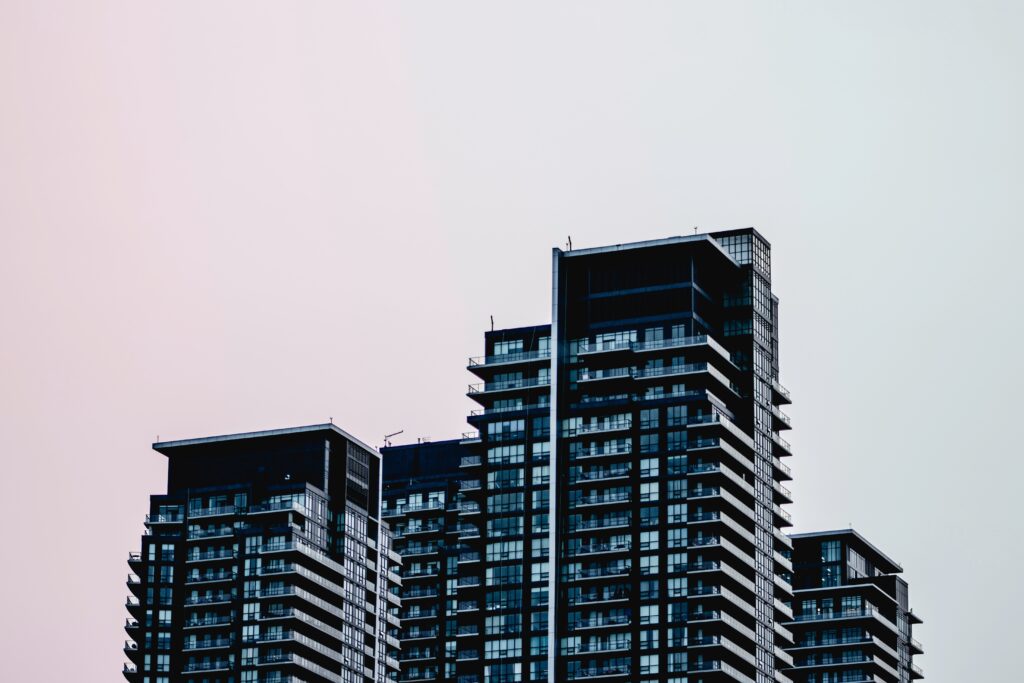
Share this post!
Your condo reserve fund sets aside money for non-routine repairs and replacements. However, if your board isn’t careful, you can make critical errors that make it impossible to cover these necessary capital expenditures. As a result, your residents face the risk of special assessments.
Here we look at what is considered a healthy reserve fund with tips to ensure your board follows reserve fund best practices.
Using A Per Unit Budget
Generally, a healthy reserve fund requires an average of at least $2,000 per unit per year. However, there are many factors to consider. For example, building age impacts the amount of money required. A new building has a reduced risk for significant replacements, meaning an average of $500 per unit will suffice. On the other hand, an older building might require upwards of $4,000 per unit.
What Impacts a Reserve Fund’s Health?
A condo’s amenities impact your reserve fund, as more amenities or higher-end amenities can increase the risk for non-routine repairs or replacements. Location can also impact reserve fund health. For example, downtown buildings are at higher risk for floods. Another essential consideration is building height. The equipment required for exterior replacements for condo buildings over four stories is far more costly than low-rise equipment.
Is There a Way to Predict Costs?
The best way to ensure the reserve fund remains healthy is to schedule reserve fund studies every three years. Reserve fund studies help predict costs and timing for major replacement and repair projects.
Buildings over 25 years old will likely encounter issues like elevators, generators, buried services, and building envelopes. In contrast, newer buildings might require replacements such as roofs, pool pumps, and wooden fences.
Regular reserve fund studies allow your board to determine your reserve fund requirements based on estimated costs and timing.
How Can a Condo Board Maintain a Healthy Reserve Fund?
Because a reserve fund must cover the costs to replace components over time, your fund should remain as close to 100% to cover those costs as possible. Once your reserve fund falls below 70%, you are more likely to need special assessments.
Although there isn’t a one-size-fits-all approach to reserve fund management, there are some best practices your condo board can follow:
- Determine a realistic budget based on the number of units and building age
- Adjust the unit budget to keep up with inflation
- Consider possible price impacts such as special equipment required for high rises, suspended structural slabs, balconies, the type of parking, building foundation, amenities, etc.
- Conduct reserve fund studies every three years and make adjustments to the allotment of common element fees to ensure your budget works
- Consider the experience of your board members and whether it makes sense to outsource your accounting function
Your board should review common element fees annually and determine a suitable annual incremental increase to keep the reserve fund healthy.
What are the Consequences of an Underfunded Reserve Fund?
There are several possible consequences of an underfunded reserve fund, including:
- A building falling into further disrepair
- Increasing common expense fees to rebuild the fund
- Charging owners for special assessments
- Condo corporations taking out loans
- Negative impact on condo unit values
With a proper strategy, your condo board will maintain a healthy reserve fund to cover the costs of non-routine repairs and replacements.
At CPO Management Inc, a Toronto property management company specializing in condo management services, we can help manage your accounting and improve operational efficiencies while finding cost-saving opportunities. For more information about how we can assist with your property management or for any other questions, contact us.
Soc: Here’s why healthy reserve funds are important to every condo board member.
